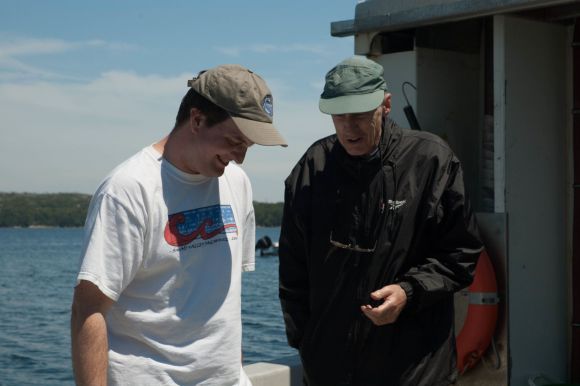
Mike James (left) and Nicholas Mrosovsky on the sea turtle boat.
Nicholas Mrosovsky is one of the only visitors to our project to miss seeing a leatherback. Usually, even if the weather is bad and turtles are scarce, we are able to find one. But Nicholas struck out both times he came with us, spending cumulatively more than a week of days out on the boat to no end.
It was particularly disappointing because Nicholas was one of the “original” sea turtle scientists. His work on how the temperature of incubating eggs affects the sex of the hatchling turtles is a cornerstone of sea turtle biology. Nicholas had published two papers with Mike James, our science advisor, with the help of the CSTN–one about the body temperatures of leatherbacks and one about leatherback turtles ingesting plastics. We were desperate to show him the magnificence of a leatherback swimming in the sea.
Nicholas died on February 22. His family and friends are together today, celebrating his remarkable life on what would have been his 81st birthday.
There are many reasons I loved Nicholas. He was funny and a gentleman. He was a scientist who was also a talented painter. He was, from our first meeting in 2001, always extremely kind to me and concerned for the success of our sea turtle work in Canada. (He was a Canadian, too, after all.) Nicholas was very tall—well over six feet—and rail-thin, which gave him a quality of physical frailty that belied his strength and the years he spent working on nesting beaches of Central and South America.
But what I think I admired most about him was his absolute commitment to finding what was true and to using precise language to describe that truth. Nicholas said what he thought was true even when it made him (sometimes extremely) unpopular. He sent colleagues critiques of their published work because he felt it mattered that all of us used our intelligence to help perfect the scientific process and our findings. He didn’t seem as worried about how his thoughts might be received (not everyone wants their work critiqued!) as he was about registering them—he seemed to have a sense of this as a moral responsibility.
It takes courage to say what is true, and it takes a type of enduring fortitude to turn that behaviour into a practice. It also takes a refined sense of yourself as part of a larger community of thinkers collectively working to use science to improve the world and our understanding of it.
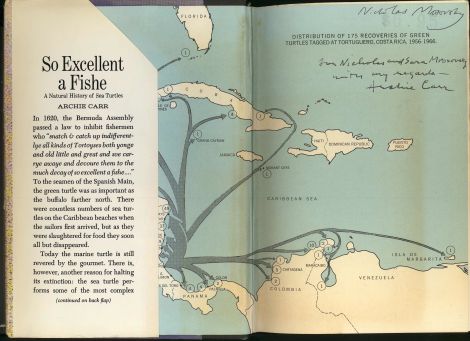
We have many of Nicholas’ papers archived at the Canadian Sea Turtle Network. They came in boxes and padded envelopes over the years—articles and letters and research notes. And one day, in amongst the box, were gifts, both of which sit on my bookshelf where I see them daily. One was his copy of the seminal sea turtle book So Excellent a Fishe by Archie Carr, complete with Carr’s inscription in it. I particularly love the title page of the book, which has Nicholas’ lightly penciled notes scattered along the side.
The second was another book called Creatures of the Sea by Frank T. Bullen, first published in 1904. It is opulent, the way some older books are. I think it must have appealed both to Nicholas’ curiosity and his appreciation of art. When I opened it I saw that Nicholas had carefully marked pages with yellow post-its, so I could easily find the engravings of sea turtles.
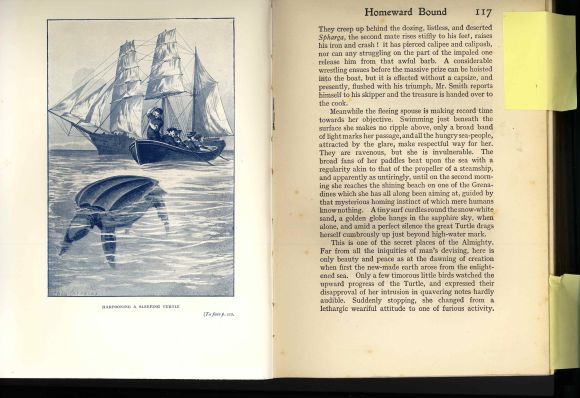
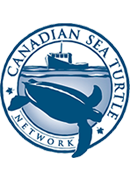
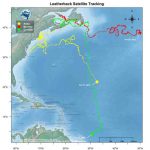
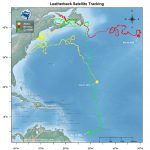
Thanks for introducing us to Nicholas Mrosovsky. He was a true scientist and scholar, interested in learning and growing rather than simply gaining notoriety.